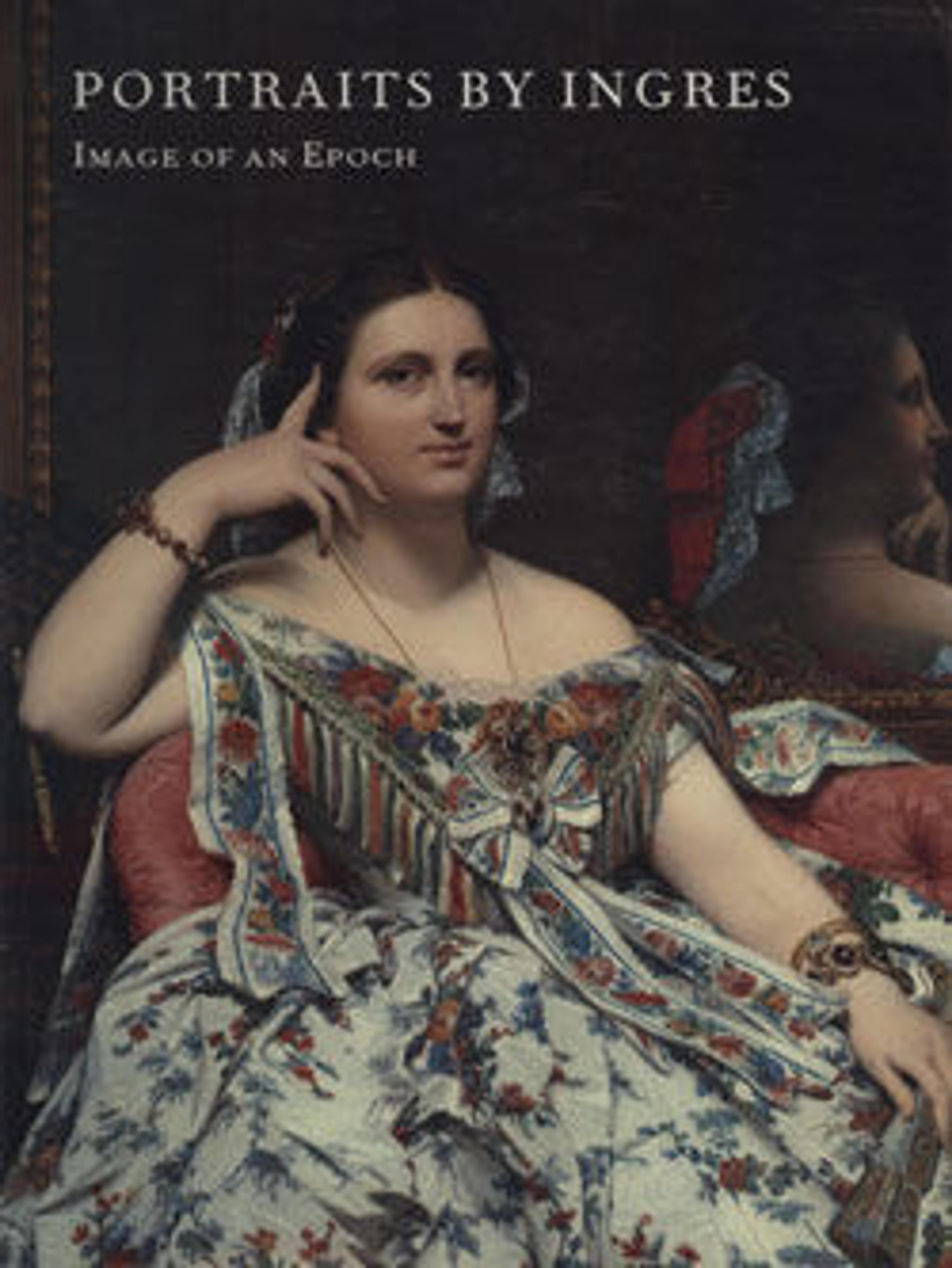Edmond Cavé (1794–1852)
Cavé held the high-ranking posts of inspector and director of the fine arts administration during the reign of King Louis-Philippe. Ingres painted this portrait soon after Cavé's marriage in 1844 to Marie-Elisabeth Blavot Boulanger. It was intended as a companion to the picture of Cavé's wife that Ingres had painted a decade earlier (43.85.3). After Ingres consulted Cavé about the dimensions of his wife's likeness, he executed the portrait by transferring a drawing of the sitter (Musée Ingres, Montauban) onto the canvas.
Artwork Details
- Title: Edmond Cavé (1794–1852)
- Artist: Jean Auguste Dominique Ingres (French, Montauban 1780–1867 Paris)
- Date: 1844
- Medium: Oil on canvas
- Dimensions: 16 x 12 7/8 in. (40.6 x 32.7 cm)
- Classification: Paintings
- Credit Line: Bequest of Grace Rainey Rogers, 1943
- Object Number: 43.85.2
- Curatorial Department: European Paintings
More Artwork
Research Resources
The Met provides unparalleled resources for research and welcomes an international community of students and scholars. The Met's Open Access API is where creators and researchers can connect to the The Met collection. Open Access data and public domain images are available for unrestricted commercial and noncommercial use without permission or fee.
To request images under copyright and other restrictions, please use this Image Request form.
Feedback
We continue to research and examine historical and cultural context for objects in The Met collection. If you have comments or questions about this object record, please contact us using the form below. The Museum looks forward to receiving your comments.
